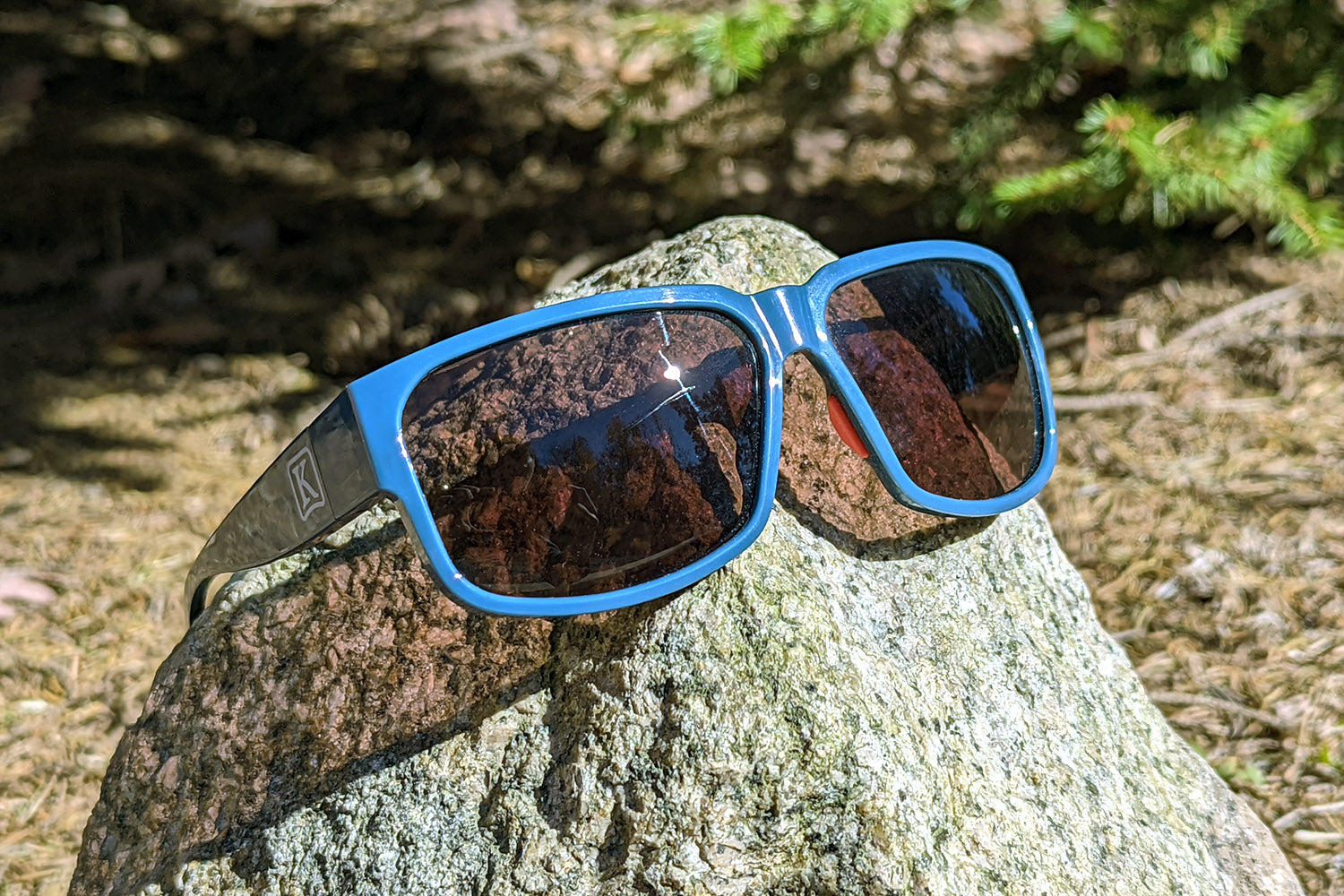Photochromic Lenses: Are They Worth It?

Photochromic lenses. Variable Tint Lenses. Whatever you’d like to call them, one thing is for sure: its magic lies in being able to darken when exposed to sunlight and lighten in low-light conditions in mere seconds.
But are photochromic lenses worth it? Are they really as effective as promised? Read on to find out.
How do photochromic lenses work?
They sure work like magic, but as with all things amazing, there’s always a science behind it. Embedded in photochromic lenses are molecules of silver chloride and silver halide. When these molecules are activated by the sun’s UV radiation, sunglasses with photochromic lenses automatically transitions from light to dark.
On overcast or cloudy days, you’ll notice that your lenses will also darken although not as much as they do on bright and sunny days. This is because UV rays are still present and can still penetrate through the clouds.
Photochromic lenses have been on the market for decades. Throughout the years, they have seen significant improvements. In the past, photochromic lenses were made of glass and only came in grey. Recent advancements have made it possible to offer photochromic sunglasses in different lens colors and various materials.

How Photochromic Sunglasses Work
Who Should Wear Photochromic Sunglasses?
Anyone can benefit from photochromic sunglasses. If you find yourself regularly going back and forth between indoors and outdoors, photochromic sunglasses will be the most appropriate and convenient choice.
How Long Do Photochromic Lenses Darken?
In general, photochromic lenses take approximately 30 seconds to darken. Depending on the weather condition, you’ll see that your lenses gradually turn darker for the first 10 minutes outdoors. They turn clear at approximately five minutes or sometimes less once indoors.
It’s important to remember that these numbers are just estimates. Factors such as the amount of UV ray exposure, temperature, chemical composition, and age may affect the amount of time that your photochromic lenses will adjust.
How Long Do Photochromic Lenses Last?
Photochromic lenses can, unfortunately, wear out. On average, they have a span of three years before you need a new pair. There will also be a noticeable reduction in its darkening ability when you’re outdoors.
Photochromic Lenses: Pros and Cons
Still thinking whether sunglasses with photochromic lenses are right for you? Here’s a list of pros and cons to help you decide further:
Pros
Cons
Final Thoughts
So, are photochromic lenses worth it? When you’re going back and forth indoors and outdoors, photochromic lenses are a practical choice. Instead of having to reach for a second pair or having to rely on clip-on visors when you’re heading out, you’ll only be needing one pair of sunglasses to protect your eyes. And that’s one less weight to carry.
Photochromic lenses can darken in as quickly as 30 seconds depending on the temperature and conditions. Sometimes, it could even take more when you take these factors into play. But we can all agree that the convenience of having one is invaluable.
But when you’re in a vehicle or you’re looking for sunglasses that reduce glare, photochromic sunglasses may not be for you. A good option would be to look for polarized sunglasses, which can do a great job in filtering out harsh lighting and glare.



